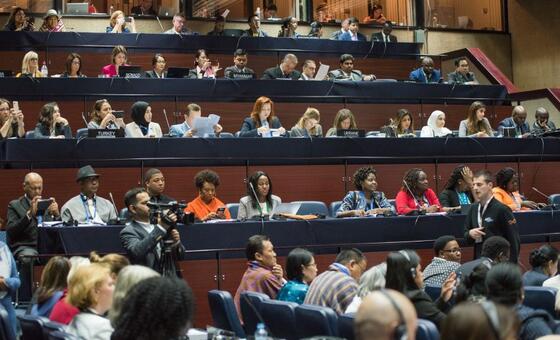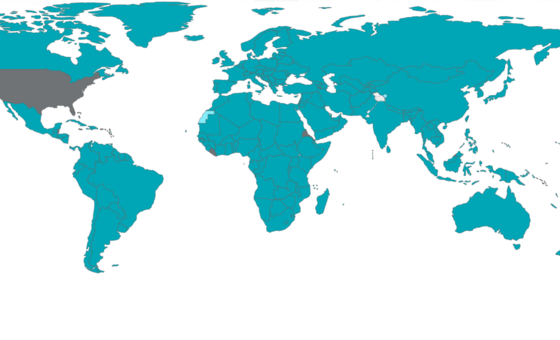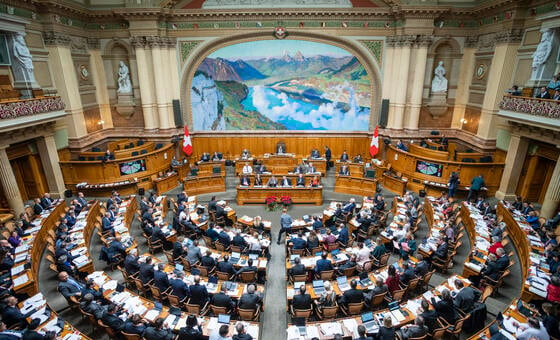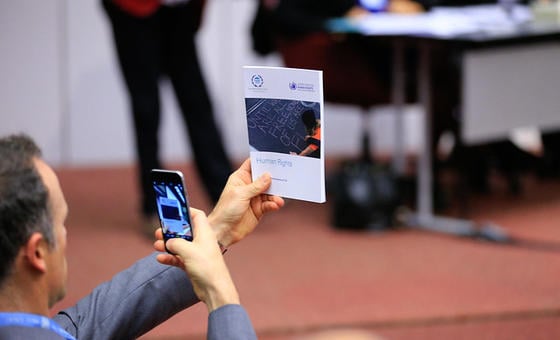- ImpactWe help parliaments to become greener and to implement the Paris agreement.We support democracy by strengthening parliamentsWe work to increase women’s representation in parliament and empower women MPs.We defend the human rights of parliamentarians and help them uphold the rights of all.We help parliaments fight terrorism, cyber warfare and the proliferation of weapons of mass destruction.We encourage youth participation in parliaments and empower young MPs.We support parliaments in implementing the SDGs with a particular focus on health and climate change.
- ParliamentsNearly every country in the world has some form of parliament. Parliamentary systems fall into two categories: bicameral and unicameral. Out of 190 national parliaments in the world, 78 are bicameral (156 chambers) and 112 are unicameral, making a total of 268 chambers of parliament with some 44,000 members of parliament. IPU membership is made up of 180 national parliaments
Find a national parliament
We help strengthen parliaments to make them more representative and effective. - EventsVirtual eventThe International Court of Justice (ICJ) was constituted under the United Nations Charter to help nations settle disputes peacefully in accordance with international law.
- Knowledge
Discover the IPU's resources
Our library of essential resources for parliamentsGlobal data for and about national parliamentsLatest data and reports about women in parliamentResolutions, declarations and outcomes adopted by IPU MembersRecent innovations in the way parliaments workThe latest climate change legislation from the London School of Economics' database
Briefing for MPs on UN processes 4: The creation of a sovereign debt restructuring mechanism. A broken promise?
Summary
Held on Zoom, 09:00 – 10:00, New York time
Interpretation in English and French
In almost every country, companies that have difficulty paying their creditors can initiate bankruptcy proceedings to obtain debt relief until a court or other legal mechanism is able to assess all claims in an orderly and transparent manner under the law. This process is in the best interest of both creditors and debtors: it prevents some creditors being paid more than their due at the expense of other creditors; and it provides the company with a financial lifeline to stay in business.
At the international level, no such workout mechanism exists to help countries incurring unsustainable debt burdens. There is no bankruptcy code and no single place nor set of legally enforceable rules to deal with sovereign debt owed to a large number of public and private creditors from different jurisdictions. Before the Covid-19 pandemic began in early 2020, a number of countries were at risk of debt default. The huge cost of the Covid-19 pandemic has resulted in dramatically higher debt levels with at least five countries defaulting on their debts and many more in need of immediate debt relief.
The need for a sovereign debt workout mechanism has been on the international agenda for years. In September 2014 the United Nations General Assembly adopted a resolution (68/304) pledging “to elaborate and adopt through a process of intergovernmental negotiations…a multilateral legal framework for sovereign debt restructuring processes with a view, inter alia, to increasing the efficiency, stability and predictability of the international financial system… .” A second resolution (69/247) on the negotiation modalities of the proposed debt restructuring mechanism was adopted in January 2015. This resolution established an ad hoc committee to submit to the General Assembly in the course of the same year “a proposal for consideration and appropriate action.”
As reported by Eurodad (We can work it out, September 2019), the work of the ad hoc committee of the General Assembly “was subsequently hampered by a lack of cooperation from G7 governments and others in 2015, with the EU amongst those boycotting negotiations.” In lieu of a legally enforceable international debt workout mechanism the UN has adopted nine principles on debt restructuring processes. These principles however are not universally accepted and are applied on a voluntary basis.
The question of debt sustainability and debt relief will loom large at this year’s Financing for Sustainable Development Forum of the United Nations in New York (April 2021). This briefing seeks to shed light on the politics and the technical aspects hampering progress so far.
Leading questions
- Why has the UN failed to implement its commitment to a multilateral debt workout mechanism?
- How are the nine principles supposed to help countries at a high risk of debt default?
For more information please contact the IPU New York office at [email protected]




